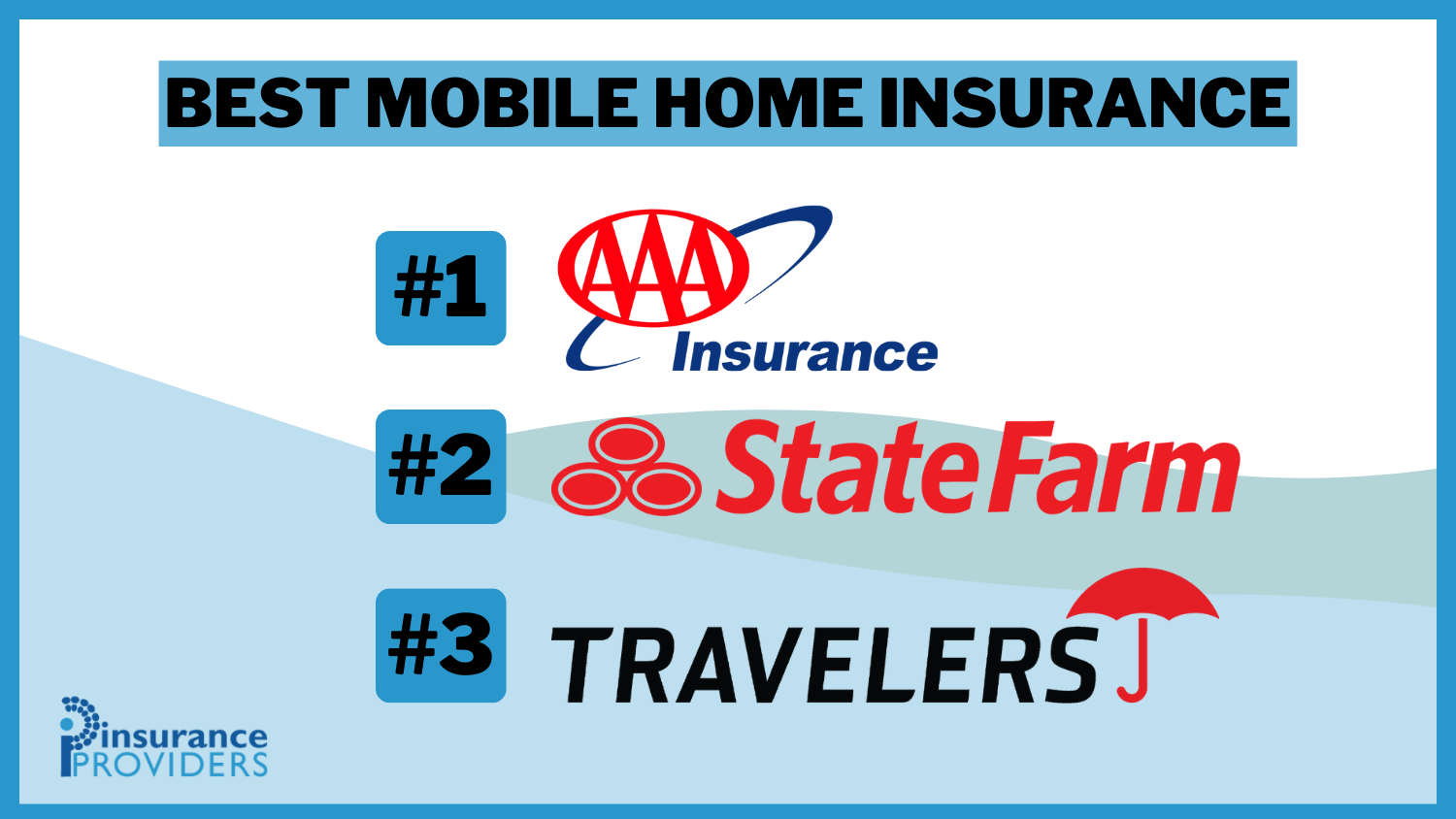Flood Zone X: Homeowners Insurance Explained [2025]
If your home is located in flood Zone X, you are at low-to-moderate risk of experiencing flooding. Since flood Zone X is not a Special Flood Hazard Area (SFHA), homeowners with federally backed mortgages are not required to buy flood insurance. However, it may be a good investment.
Read more Secured with SHA-256 Encryption





Table of Contents
Table of Contents


Feature Writer
Rachel Bodine graduated from college with a BA in English. She has since worked as a Feature Writer in the insurance industry and gained a deep knowledge of state and countrywide insurance laws and rates. Her research and writing focus on helping readers understand their insurance coverage and how to find savings. Her expert advice on insurance has been featured on sites like PhotoEnforced, All...
Rachel Bodine


Insurance Operations Specialist
Michael earned a degree in Business Management with an insurance focus, which led to a successful 25-year career in insurance claims operations and support. He possesses a high-level of business acumen across multiple areas of the insurance industry. Over the course of his career, he served in multiple roles supporting claims operations including: Claims Specialist, Claims Trainer, Claim Automatio...
Michael Leotta
Updated June 2023
Buying a home can be stressful, but add the worry of having your home flooding in the future, and you may become a little overwhelmed. However, flood zones are mapped out across the United States to make homeowners aware of the risk and help them find ways to protect their homes if there is a flood.
Flood Zone X is one of many flood zones, but understanding what flood Zone X means for your home can be confusing. Keep reading below to learn what flood Zone X means, whether you are required to have flood insurance, and how much flood insurance may cost.
What is flood Zone X?
The Federal Emergency Management Agency (FEMA) is responsible for designating flood zones based on the estimated flood water levels each year.
Flood Zone X is considered at low-to-moderate risk for flooding since the elevation is higher than estimated flood levels. However, some areas in flood Zone X may have characteristics that can cause some flooding, such as poor drainage.
Therefore, flood Zone X is typically divided into shaded and unshaded portions. Shaded Zone X has a 0.2%-1% chance of flooding, while unshaded Zone X has a less than 0.2% chance of flooding each year.
Free Home Insurance Comparison
Compare Quotes From Top Companies and Save
Secured with SHA-256 Encryption
Does flood Zone X require flood insurance?
Does FEMA Zone X require flood insurance? According to FEMA, flood Zone X is not designated as a Special Flood Hazard Area (SFHA). Therefore, homeowners who have a federally backed mortgage are not required to buy flood insurance.
However, flooding can still occur in these areas, and it may be helpful for some homeowners to consider buying flood insurance for peace of mind.
According to FEMA, approximately 40% of National Flood Insurance Program (NFIP) claims between 2014 and 2018 were filed by homeowners outside of high-risk flood areas.
If you think your homeowners insurance will cover flood damage, double-check. In most cases, homeowners insurance will not cover flood damage. However, you may be able to add a flood endorsement to your policy for a higher rate.
How much is flood insurance?
Because flood Zone X is not a high-risk area for flooding, flood Zone X insurance rates are likely lower than insurance for other flood zones.
Below are some average annual rates for NFIP flood insurance by state:
Average Annual NFIP Rates by State
| State | Average Annual NFIP Rates by State |
|---|---|
| Alabama | $699 |
| Alaska | $913 |
| Arizona | $720 |
| Arkansas | $933 |
| California | $865 |
| Colorado | $944 |
| Connecticut | $1,472 |
| Delaware | $752 |
| Florida | $597 |
| Georgia | $694 |
| Hawaii | $684 |
| Idaho | $784 |
| Illinois | $1,106 |
| Indiana | $1,111 |
| Iowa | $1,143 |
| Kansas | $987 |
| Kentucky | $1,109 |
| Louisiana | $715 |
| Maine | $1,113 |
| Maryland | $622 |
| Massachusetts | $1,293 |
| Michigan | $1,061 |
| Minnesota | $932 |
| Mississippi | $801 |
| Missouri | $1,175 |
| Montana | $832 |
| Nebraska | $1,050 |
| Nevada | $772 |
| New Hampshire | $1,075 |
| New Jersey | $949 |
| New Mexico | $928 |
| New York | $1,242 |
| North Carolina | $733 |
| North Dakota | $766 |
| Ohio | $1,177 |
| Oklahoma | $937 |
| Oregon | $922 |
| Pennsylvania | $1,326 |
| Rhode Island | $1,416 |
| South Carolina | $679 |
| South Dakota | $1,034 |
| Tennessee | $953 |
| Texas | $624 |
| Utah | $730 |
| Vermont | $1,590 |
| Virginia | $775 |
| Washington | $945 |
| Washington, D.C. | $817 |
| West Virginia | $1,292 |
| Wisconsin | $1,028 |
| Wyoming | $1,017 |
The average cost for an NFIP flood insurance policy is around $700 per year, while private insurance may be as low as $427 per year for low-risk areas. With that being said, residents in flood Zone X may be able to get flood insurance rates as low as $200-$400 per year.
If you choose to buy an NFIP policy, the average rate per $100 of dwelling in flood Zone X is $1.25, while the average rate per $100 of personal property in flood zone X is $1.93.
NFIP vs. Private Flood Insurance: Which is better?
The main difference between NFIP and private flood insurance is the coverage limits. NFIP insurance will cover up to $250,000 in replacement costs for your dwelling. However, a private flood insurance policy may be able to provide policies up to $1 million in dwelling coverage.
In addition, while NFIP provides replacement cost for your primary dwelling, all other structures and personal property are covered at actual cash value, which means you will be paid less if your property is damaged or destroyed. The maximum NFIP personal property coverage is $100,000.
Private flood insurance companies give the option of having replacement cost value coverage for all of your property. Plus, you may be able to add other coverage options to your policy, such as:
- Additional living expenses to cover expenses if you cannot stay in your home after a loss
- Additional coverage for secondary structures, such as sheds
- Business income coverage
Aside from coverage options, NFIP and private insurance companies also differ in waiting times. For example, except when flood insurance is needed to close on a loan, NFIP policies must wait 30 days to go into effect. On the other hand, private insurance policies have a maximum waiting period of 15 days and may go into effect immediately.
You may also consider how FEMA regulations and federal regulations affect NFIP insurance policies.
While homes in flood Zone X are not as risky as homes in other flood zones, they are still at a higher risk than homes in other areas. Therefore, flood Zone X homeowners should seriously consider buying flood insurance to protect their homes.
Free Home Insurance Comparison
Compare Quotes From Top Companies and Save
Secured with SHA-256 Encryption
Case Studies: Flood Zone X: Homeowners Insurance Explained
Case Study 1: The Smiths’ Home in Flood Zone X
The Smiths reside in a modest house located in Flood Zone X, which is considered a low-risk flood area. They opted to purchase homeowners insurance to protect their property against potential damages caused by floods. Despite residing in a low-risk zone, the Smiths experienced an unexpected flash flood that resulted in significant water damage to their home.
This case study examines the Smiths’ experience navigating their homeowners insurance policy in the aftermath of the flood.
Case Study 2: The Johnsons’ Investment Property in Flood Zone X
The Johnsons own an investment property situated in Flood Zone X. Due to the property’s location, they were required to secure homeowners insurance that specifically covered flood-related risks. Despite the property being in a low-risk flood zone, a major storm caused substantial flooding, leading to extensive damage to the Johnsons’ investment property.
This case study delves into the Johnsons’ experience with their flood insurance coverage and the subsequent claims process.
Case Study 3: The Browns’ Dream Home in Flood Zone X
The Browns recently purchased their dream home located in Flood Zone X. Prior to finalizing the purchase, they diligently researched homeowners insurance options to protect their new investment. Unfortunately, an unprecedented rainstorm caused severe flooding in their area, resulting in substantial damage to their dream home.
This case study examines how the Browns’ homeowners insurance policy responded to the flood-related damages and the implications for their financial stability.
Case Study 4: The Wilsons’ Community in Flood Zone X
The Wilsons reside in a close-knit community situated within Flood Zone X. After experiencing several minor floods over the years, the community decided to explore collective homeowners insurance coverage to mitigate potential flood-related losses.
This case study explores the challenges faced by the Wilsons and their neighbors when dealing with flood insurance companies, as well as the collective impact on their community’s overall resilience.
Case Study 5: The Martinez Family’s Business in Flood Zone X
The Martinez family owns a small business located in Flood Zone X. Understanding the vulnerability of their business to flood risks, they secured commercial property insurance with flood coverage. However, a significant flood event caused extensive damage to their premises, disrupting their operations.
This case study investigates the Martinez family’s experience navigating the commercial insurance claims process and the financial implications for their business.
Case Study 6: The Thompsons’ Retrofitting Efforts in Flood Zone X
The Thompsons live in an older home in Flood Zone X, and they spent in renovating their property to reduce future flood damage. This case study investigates the effectiveness of the Thompsons’ retrofitting efforts, including the effects on their homeowners insurance premiums, the resilience of their property to flooding, and the overall peace of mind it offered.
Case Study 7: The Rodriguez Family’s Decision to Forego Flood Insurance
The Rodriguez family, residing in Flood Zone X, opted not to purchase flood insurance due to their belief in low risk. Unfortunately, an unforeseen flood caused substantial property damage. This case study explores the financial aftermath of their decision and the difficulties they faced in recovering from flood-related losses.
Case Study 8: The Greenfield Development Project in Flood Zone X
The Greenfield development project involved constructing a residential complex in an area designated as Flood Zone X. This case study delves into the challenges faced by the developers, including securing appropriate insurance coverage, implementing flood mitigation measures, and navigating the regulatory landscape to ensure the safety and protection of future homeowners.
Frequently Asked Questions
What is Flood Zone X?
Flood Zone X, also known as a moderate-to-low-risk flood zone, is an area that has been determined to have a moderate-to-low risk of flooding by the Federal Emergency Management Agency (FEMA). Properties located in Flood Zone X are considered to have a relatively lower risk compared to high-risk flood zones.
Do I need homeowners insurance if I live in Flood Zone X?
While homeowners insurance is not legally required if you live in Flood Zone X, it is highly recommended. Homeowners insurance typically covers various risks, such as fire, theft, and liability, which are not directly related to floods. However, it’s important to note that homeowners insurance does not usually cover flood damage. For flood protection, you may need to purchase a separate flood insurance policy.
Does homeowners insurance cover flood damage in Flood Zone X?
In most cases, homeowners insurance does not cover flood damage regardless of the flood zone. Flood damage is typically excluded from standard homeowners insurance policies. If you want protection against flood damage, you will need to purchase a separate flood insurance policy through the National Flood Insurance Program (NFIP) or a private insurance company.
How can I obtain flood insurance if I live in Flood Zone X?
To obtain flood insurance, you can contact the NFIP or reach out to private insurance companies that offer flood insurance coverage. The NFIP provides flood insurance policies for homeowners, renters, and businesses in participating communities. Private insurance companies may also offer flood insurance policies with different coverage options and premiums.
What are the pros of living in Flood Zone X?
- Lower risk: Properties in Flood Zone X are considered to have a moderate-to-low risk of flooding, which can provide some peace of mind to homeowners.
- Potentially lower insurance premiums: Since the flood risk is lower in Flood Zone X, flood insurance premiums may be comparatively lower than those in higher-risk flood zones.
- No legal requirement for flood insurance: Unlike high-risk flood zones, homeowners in Flood Zone X are not legally obligated to carry flood insurance.
What are the cons of living in Flood Zone X?
- Flood risk still exists: Although the risk of flooding is relatively lower in Flood Zone X, it doesn’t mean that flooding cannot occur. Unforeseen circumstances, such as heavy rainfall or unexpected weather events, can still lead to flooding.
- Limited coverage under homeowners insurance: Standard homeowners insurance policies do not cover flood damage, so if you experience a flood, you may have to bear the costs of repairs and replacements on your own if you don’t have flood insurance.
- Changing flood maps: Flood zone designations can change over time due to various factors, such as environmental changes or new flood studies. This means that your property’s flood risk could potentially be reevaluated in the future, affecting insurance requirements and premiums.
Get a FREE Quote in Minutes
Insurance rates change constantly — we help you stay ahead by making it easy to compare top options and save.



